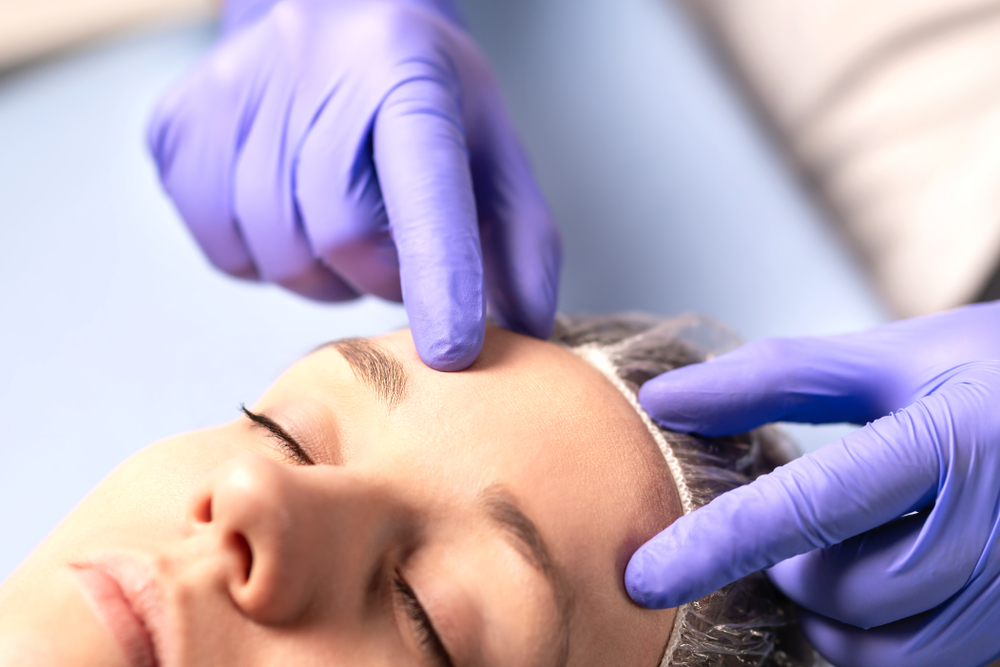Although there are a number of non-surgical technologies available for facial rejuvenation, a facelift continues to be an extremely popular option.
This is especially true for women and men who have moderate to severe skin laxity, jowls, an aging neck, and excess skin and are seeking long-lasting results.
If you want to effectively counteract signs of aging and revitalize your appearance, then a facelift may offer an ideal solution.
Continue reading to learn what patients can expect from a facelift and the answers to five common questions about the procedure.
1. Should I Consider a Facelift?
Many people begin to consider a facelift when they note bothersome signs of aging that are not responding to serums, creams, and nonsurgical treatments.
A facelift is designed to lift sagging tissue, remove excess skin, and address neck laxity to improve facial definition and achieve smoother skin.
2. How is the Procedure Performed?
During a facelift, anesthesia is administered and then small incisions are made in the hairline, around the temple and extend down to the lower scalp. Then, the surgeon may remove fat, reposition facial tissue, and lift facial muscles.
If patients are seeking neck rejuvenation as well, an incision may be made under the chin.
3. What Can Patients Expect from Facelift Recovery?
A facelift is an outpatient procedure, which means that you are free to return home afterwards.
For the first few days, patients may experience soreness and tightness that can be alleviated with prescription pain medication.
It is also recommended that individuals plan to take two weeks off from work and three weeks off from strenuous exercise.
4. How Much Does a Facelift Cost?
The cost of a facelift can vary depending on a number of factors, including surgeon expertise and experience, geographic location, and extent of repair needed.
With that being said, the American Society of Plastic Surgeons reports that the national average cost for a facelift is $7,655.
5. When Can Patients See Facelift Results?
You will be able to note visible improvement immediately after a facelift. However, bruising and swelling could persist for approximately two weeks and obscure results.
By two-to-three months, any residual swelling should subside, and patients will be able to appreciate final facelift outcomes.
Learn More About Facelift
If you are considering a facelift, please call our office today to schedule a comprehensive consultation with board-certified plastic surgeon Dr. Navin Singh.


